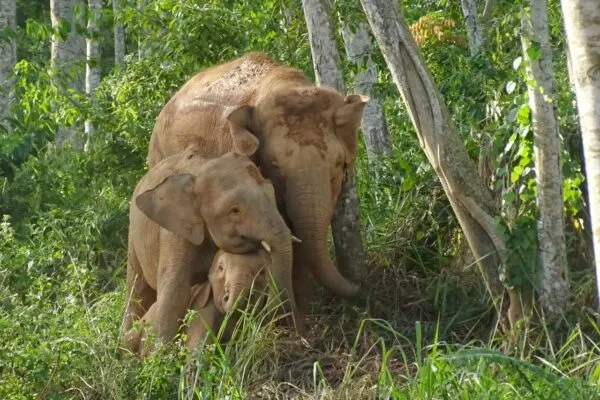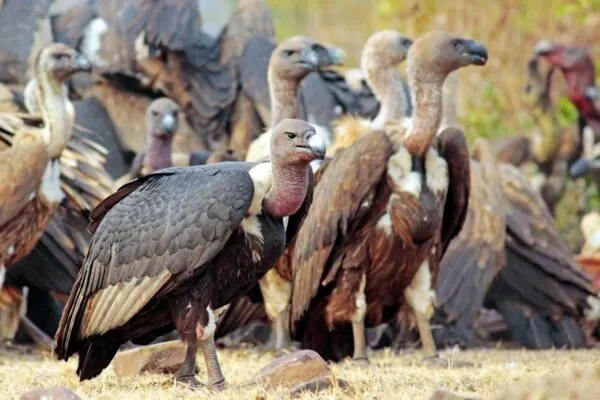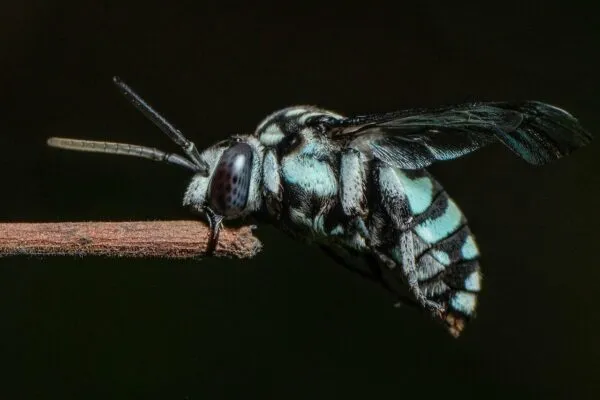Monarch Butterflies Return to California After Last Year’s Record Low
An unofficial count reveals over 50,000 monarch butterflies at overwintering sites - a count which was less than 2,000 in 2020
Orange-and-black colored western monarch butterfly is an incredible pollinator species, whose presence is considered an indicator of a healthy ecosystem. California has witnessed a rapid increase in the population of monarch butterflies after a drastic fall last year. As per the experts, the major reasons affecting the population include climate change, habitat loss and lack of food due to the ongoing drought in the state.
Last year, less than 2000 butterflies were counted by the Xerces Society. This year’s official annual count has started on November 20, 2021, and will last for three weeks. An unofficial count by researchers and volunteers estimates that there are around over 50,000 monarchs at overwintering sites, said Sarina Jepsen, Director of Endangered Species at Xerces Society for Invertebrate Conservation.
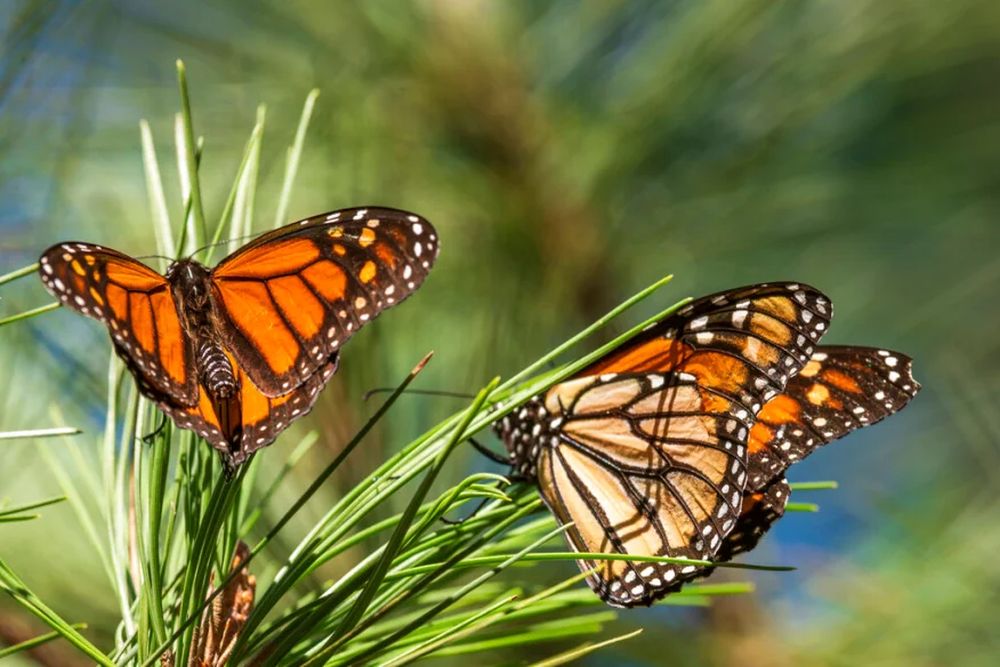
Image: AP
Jepsen said;
This is certainly not a recovery but we’re really optimistic and just really glad that there are monarchs here and that gives us a bit of time to work toward recovery of the Western monarch migration.
The monarch butterfly is known to move south from the Pacific Northwest to California each winter. They tend to migrate from the west to approximately a hundred wintering sites speckling central California’s Pacific coast.
The reason behind the sudden increase in the population of monarchs is still unclear to scientists but a number of factors are reflected to be accountable like better breeding grounds. Climate change is one of the major reasons affecting the population of monarchs. Alongside, farming is another factor that threatens the existence of these beautiful pollinators.
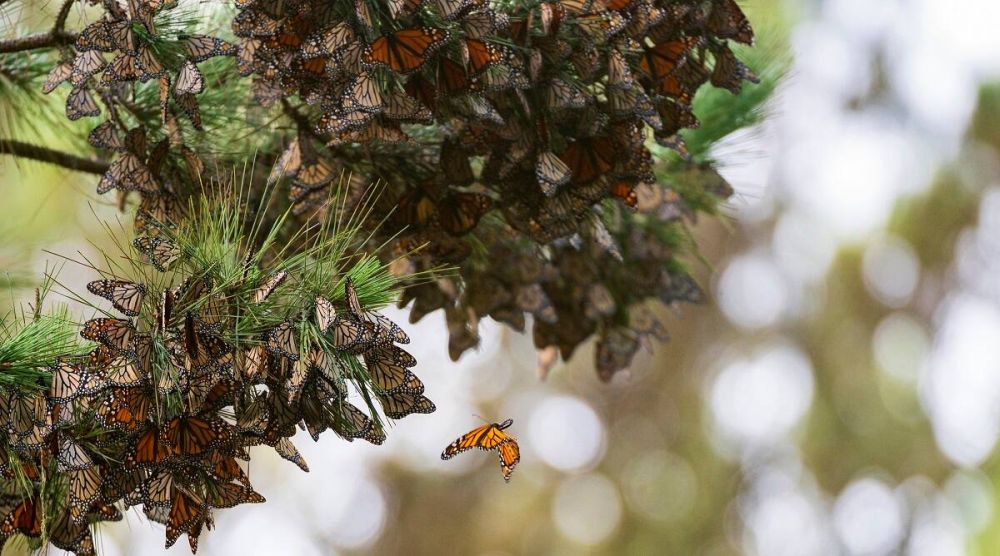
Image: AP
The increased use of pesticides and herbicides caused 99 percent of insects in the 1980s in California to expand their territory. Consequently, the butterfly population declined even further.
The species needs some state and federal legal protection in order to conserve the environment. As of now, these flying insects are listed under the federal Endangered Species Act. If the climatic conditions do not change soon, the pollinator species might go extinct in the near future.
Via: NBC News
